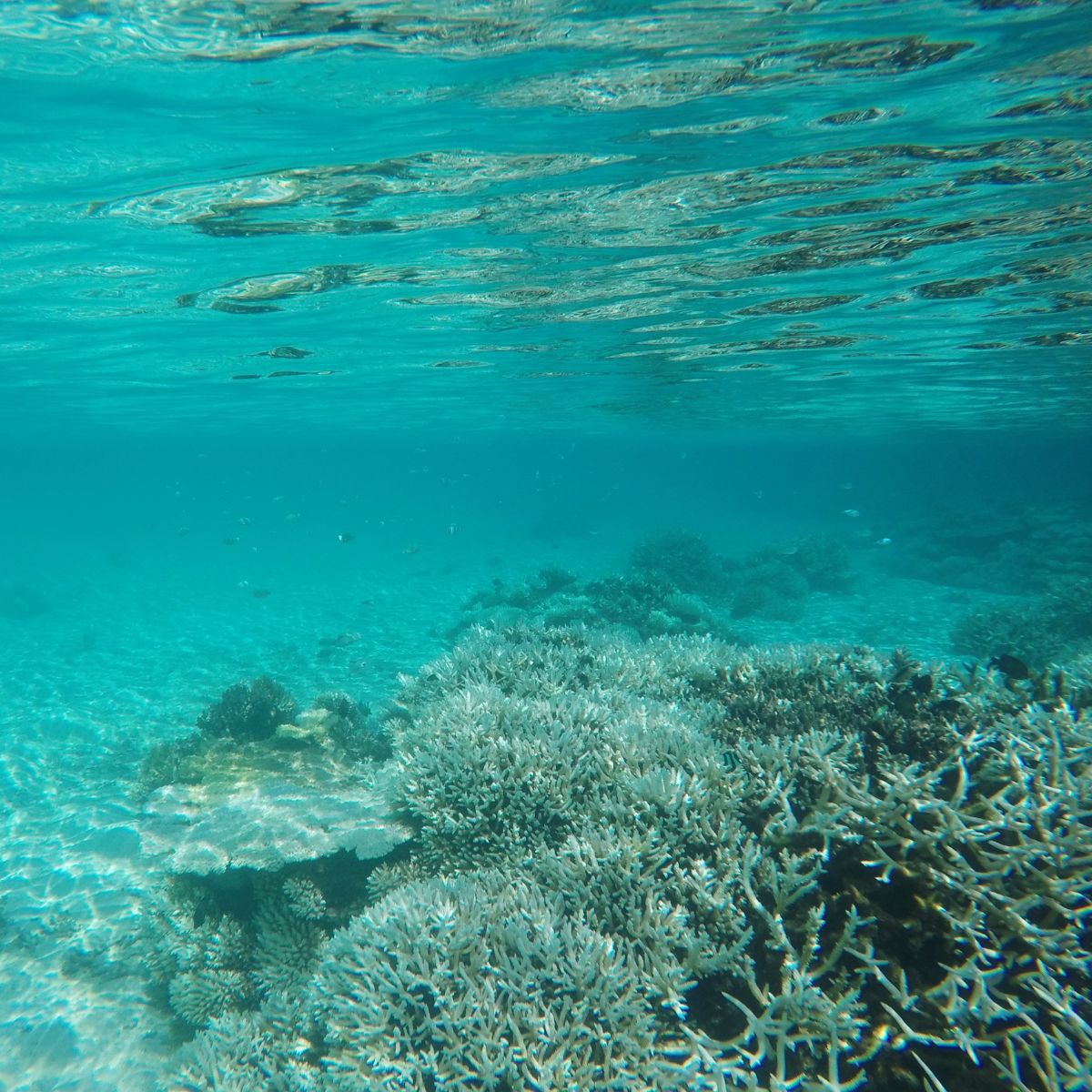

In 2009, a group of twenty-eight internationally renowned scientists proposed the planetary boundaries framework, combining insights from various disciplines of environmental change research. Their assessment defined nine large-scale earth system processes and associated boundaries that, if crossed, could lead to catastrophic environmental change.
The group of scientists determined that we have already breached seven of the nine planetary boundaries.
The latest breach, ocean acidification, has been referred to as the “evil twin” of climate change. The recent study affirming the breach indicates that the “world’s oceans are in worse health than realised,” as reported in the Guardian. The scientists warn that we are running out of time to protect marine ecosystems.
To learn more about the planetary boundaries, check out Planetary Boundaries 101: What They Are, Why They Matter, and How Food Impacts Each One.
During the Industrial Revolution, humans began burning fossil fuels in large quantities. This has increased the levels of carbon dioxide (CO2) in the earth’s atmosphere. Oceans act as a “carbon sink,” absorbing about 31 percent of all the CO2 released into the atmosphere. As the CO2 dissolves in seawater, it forms carbonic acid that increases the water’s acidity.
A pH level of 7 is considered neutral, and a lower number indicates greater acidity. Historically, seawater measures at a slightly basic level, around 8.2. However, today the average is closer to 7.9 or 8.0. While this may not sound like a significant decrease, it is. The pH scale is logarithmic, so a change of 1 pH unit represents a tenfold change in acidity. The change from 8.2 to 7.9 or 8 represents a 26 percent increase in acidity over roughly 250 years; this is one hundred times faster than anything the ocean and its inhabitants have experienced in tens of millions of years.

Ocean acidification results in a decrease in calcium carbonate, a key component in seawater. Organisms that build their shells and skeletons from calcium carbonate—corals, oysters, clams, phytoplankton, and zooplankton—are among the marine organisms most affected by acidification.
While these organisms can handle some variability and fluctuations in pH levels, they can only adapt so much. A more acidic environment makes shells and skeletons less dense and strong. Coral reefs, meanwhile, are more vulnerable to storm damage and have a slower recovery rate. We are already seeing these impacts of acidification unfold. As reported by the ocean advocacy organization Oceana, coral growth in the Great Barrier Reef decreased 14 percent since 1990, “the most significant decrease in coral growth in the last 400 years.”
Not all marine species will be impacted in the same way. Some algae and seagrass species may benefit from higher CO2 concentrations, as their photosynthesis and growth rates may increase. Irrespective of varying responses, researchers suggest that ocean acidification will drive substantial changes in the ocean’s ecosystems this century. Furthermore, the oceans’ capacity to absorb CO2 and moderate climate change decreases as ocean acidification increases. Other emerging climate-related hazards, such as ocean deoxygenation, will likewise threaten the health of oceans.
Global food production is responsible for 35 percent of all greenhouse gas emissions. Animal agriculture, including the production of livestock feed, is responsible for 60 percent of all food production emissions. CO2 and methane emissions, two of the leading greenhouse gases, are directly linked to our obsession with meat.
Approximately 40 percent of the world’s habitable land is currently used for activities related to raising and maintaining livestock. As the global taste for meat increases, so does our need to expand grazing land and feedstock cultivation. Most of this land clearing is happening in the world’s richest biodiversity regions, which are critical carbon sinks. More than 65 percent of deforestation since 1970 was attributed to animal agriculture.
To read more about deforestation and biodiversity loss, check out Can Agriculture Prevent Earth’s Sixth Mass Extinction?
This consumption of a high-resource diet based on animal products is unsustainable. It simultaneously destroys the environment and threatens both animal and human health. Research shows that even if we achieve zero greenhouse gas emissions in all other sectors, agriculture alone will “consume the entire world’s carbon budget needed to keep global temperatures rise under 2°C by 2050.”
Shifting to a plant-based diet is crucial for the sake of our land, our oceans, and ourselves.
Further reading:
Copyright 2025 Center for Nutrition Studies. All rights reserved.